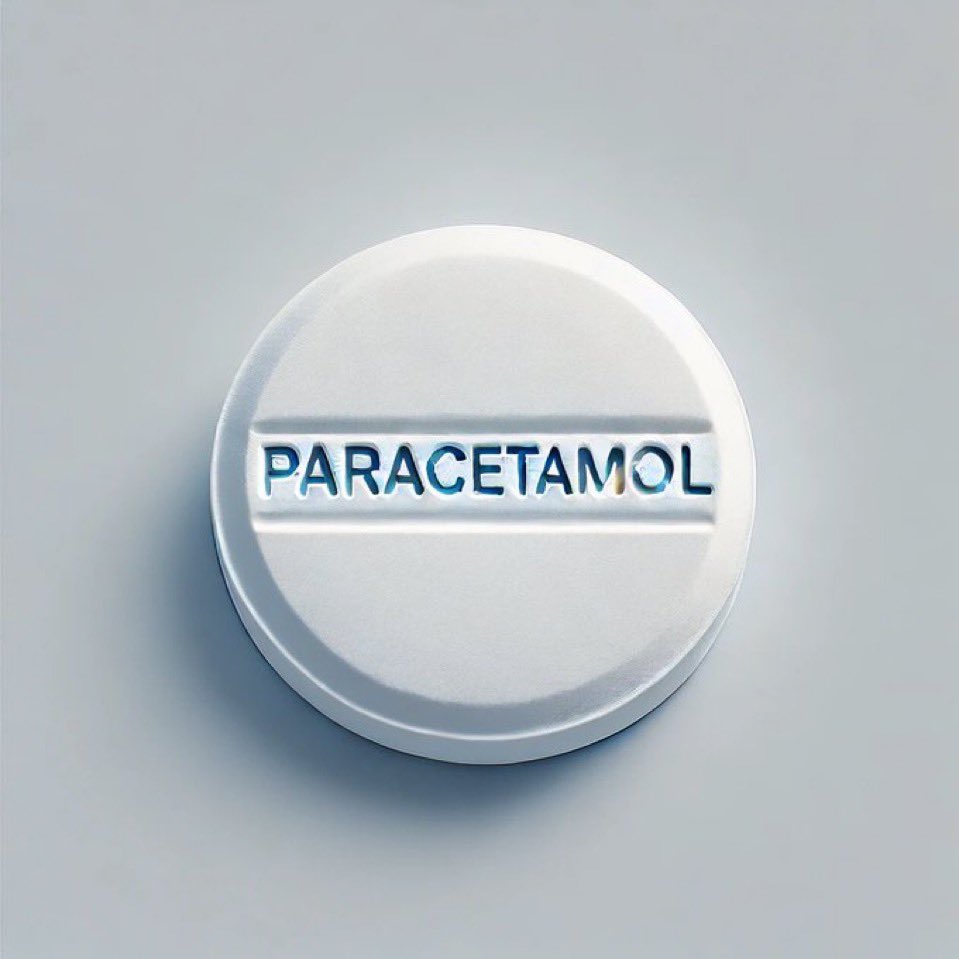
PARACETAMOL is supposed to be used with extreme caution.
One wrong move and your liver might not forgive you.
Paracetamol should be used with extreme caution due to several critical risks, especially in vulnerable populations.
1.Risk of Liver Toxicity (Hepatotoxicity)
Paracetamol is metabolized in the liver, and excessive doses can overwhelm its detoxification pathways, leading to severe liver damage or acute liver failure.
This risk is significantly higher in:
-Patients with hepatic impairment or active liver disease: The liver’s reduced ability to process paracetamol increases toxicity risk.
-Chronic alcohol users: Alcohol weakens liver function and enhances toxicity.
-Patients taking enzyme-inducing drugs that speed up the formation of toxic metabolites. For example; Rifampicin, Phenytoin, carbamazepine
2 Narrow Therapeutic Index
The safe dose and toxic dose of paracetamol are not far apart. If you exceed 4g per day (for adults), this increases the risk of liver failure, making overdose a common concern.
- Hidden Presence in Other Medications
Paracetamol is found in many cold and flu medications, painkillers, and combination drugs.
People may unknowingly take multiple products containing paracetamol, leading to accidental overdose.
4.Kidney Damage (Nephrotoxicity)
Long-term high-dose use of paracetamol has been linked to chronic kidney disease (CKD), especially in people with pre-existing kidney problems.
- Use Caution in Patients with Chronic Malnutrition: Chronic malnutrition can reduce glutathione stores, an important antioxidant that helps detoxify paracetamol’s toxic metabolites.
In malnourished patients, even therapeutic doses of paracetamol can lead to liver toxicity due to reduced metabolic reserves.
6.Drug Interactions
Alcohol: Increases liver toxicity risk.
Warfarin: Chronic paracetamol use may enhance the anticoagulant effect, increasing bleeding risk.
- Delay in Recognizing Overdose Symptoms
Unlike some drugs that cause immediate distress when taken in overdose, paracetamol overdose symptoms (nausea, vomiting, and abdominal pain) may be delayed and this can also delay treatment and increase the risk of irreversible liver damage
8..Special Populations at Higher Risk
-Children: More susceptible to dosing errors.
-Elderly patients: This is due to slower metabolism, and higher sensitivity to liver and kidney effects.
-Pregnant/Breastfeeding women:
Generally safe in recommended doses, but long-term high doses should be avoided.
Conclusion: Paracetamol is an effective pain reliever, but it must be used cautiously in patients with liver impairment, active liver disease, and chronic malnutrition.
To avoid toxicity, patients should adhere to recommended doses.
When taking paracetamol with other medications, check for the presence of paracetamol in combination medications, and please consult a healthcare professional if unsure.